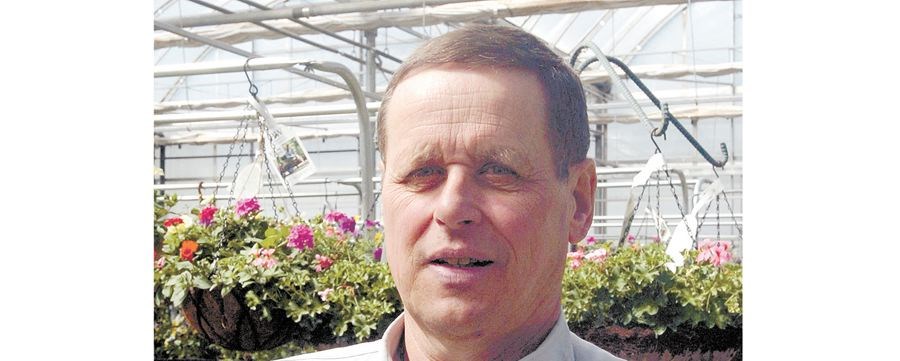You have worked hard all spring to get the garden, landscape and containers looking great and now you want to go away for a few days and come back to the same beautiful landscape you left. This is possible by following some of the tips below.
To come home to a healthy garden, it should be healthy before you leave. Check plants carefully for any problems such as pests or disease and deal with it immediately. What can be a few aphids on a plant now, can become an infestation when you come back. Same thing goes for disease. Remove any yellowing leaves, broken or damaged stems, and finished flowers to prevent mold and rot.
Harvest any vegetables that you can. Some produce such as tomatoes will continue to ripen even after they have been picked. If not harvested, fruit such as strawberries left on the plant will continue to ripen and eventually rot, which can lead to a diseased plant.
Mow the lawn before you leave, and you might want to hold back on fertilizing the lawn until you come back from your holiday.
Add mulch around plants to keep weeds down and retain moisture in the soil, resulting in less watering.
Water everything well before you leave. It is a good practice to always water deeply and less often so that the plant's roots go down creating more drought tolerant plants. Shallow-rooted plants will dry out more quickly.
Set up an irrigation system with a timer. There are some easy to install drip systems and timers available at garden centres that will keep plants watered while you are gone. Drip systems are great for watering individual plants, if you have a bigger area, you may want to add a timer to the sprinkler(s) or soaker hose. Test it out before you go, so that you know how long to set the timer for when you leave. Ideally, plants need a minimum of two-and-a-half to three centimetres of water weekly. To check how much water the sprinkler or irrigation system is putting out, place a straight-sided can under the irrigation system and see how long it takes to fill to the desired amount.
To reduce evaporation and prevent disease, always water early in the morning rather than in the afternoon during the heat of the day, or at night which can lead to wet foliage in cooler temperatures resulting in mildew.
Container gardens and planters can be a challenge while you are away as they dry out much more quickly. Always use a good quality soil when planting, as a good quality soil will retain moisture. The size of the container also will make a difference as larger containers will dry out less quickly.
To help keep container-grown plants moist, bunch up your containers before you leave and place them in a shaded area where they will need less water and retain humidity, and/or place them in an area where they will be reached by a sprinkler.
Don't forget to soak them thoroughly before you go.
There are water bulbs/globes available at the garden centre that you fill with water and then place in the container or near a plant. It will slowly release the water over a period of time, keeping plants watered.
When you get home, go through your garden and check plants for any problems, so that you can deal with problems quickly.



